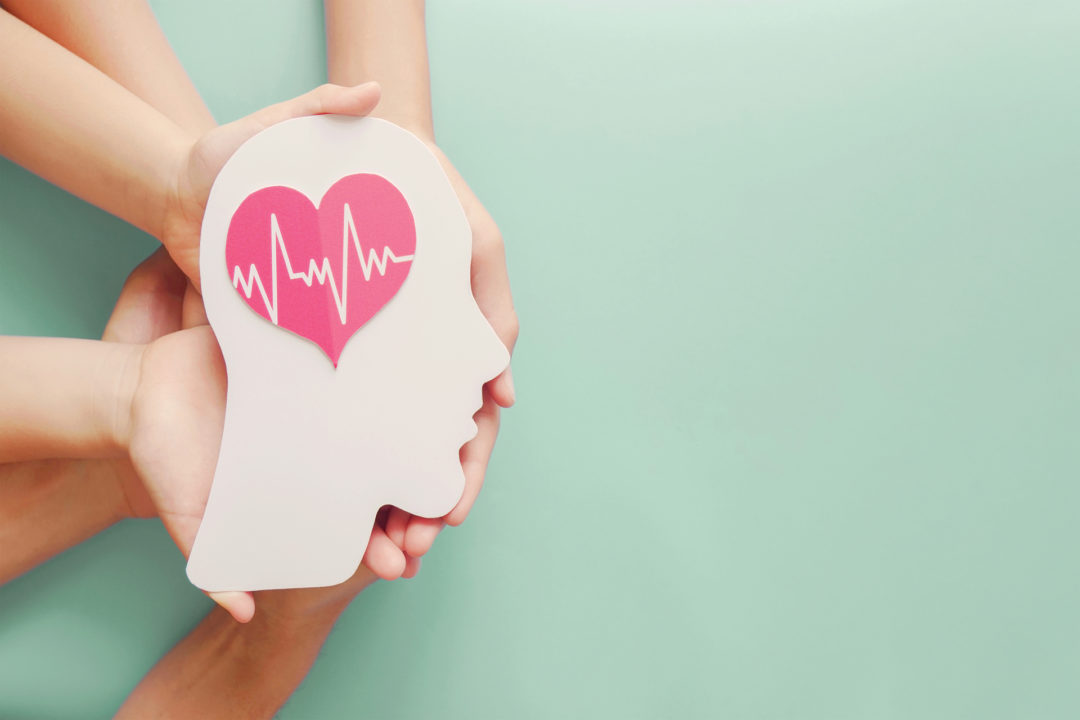"Consumers of all stripes see the need to stay crisp and stay sharp in their daily lives.”
That line proved to be the connective tissue for the sessionNootropics Market: Nutrition for Memory & Cognition, from theNaturally InformedeventMental Wellness: Mastering the Market,which took place in 2021. It was spoken by Matthew Oster, Head of Consumer Health, Euromonitor, one of the three speakers and panelists for that session.
Discussing the global market, Oster reported that nootropics saw nearly 85% growth from 2011 to 2020. “A major driver for that growth is the exploding interest in the United States—about 40% of global sales for memory and cognition is in the U.S.,” he shared. “The U.S. has been a locus for innovations in this area, for a couple reasons. It’s principally responding to the broader interest in cognitive health that we’ve seen: We do have an aging population here, but I think it’s more tied to pervasive stress around components of our lives like work, financial stability, and the constant pressure to get things done.”
The U.S. isn’t the only region reaching for nootropics. “One of the regions I’d like to focus on is Asia—it’s about 30% now of total sales, with a 7% CAGR from 2015-2020,” Oster said. “Take a market like Japan, which typically has fairly low levels of growth in a lot of consumer health products, and you’re actually seeing really strong growth in memory and cognition products as the aging population has gravitated towards a variety of modern equivalents of traditional medicines. Of course, China is the leader in the region, and has seen a lot of success in packaged versions of traditional Chinese medicines.”
Regarding how COVID affected this market, Oster pointed to concern about memory across generations (those results might surprise you!), and more—all available for free on-
demand atwww.NaturallyInformed.net.
Mark Miller, Ph.D., MBA, FACN, CNS, President, Kaiviti Consulting, LLC, another presenter, discussed the necessity of differentiating nootropics. “The difference between acute and chronic actions as it relates to nootropics really can be very different in terms of mechanisms and in terms of the types of interventions that you have,” he told attendees. “If you understand that sort of time difference, we’re in a much better place to tailor-make your approach to nootropics.”
One of the examples he offered for acute nootropics: neuroactives, which replenish depleted neurotransmitters. “We’re constantly using up our neurochemicals, and they can be depleted,” Miller said. “So you can get discernable benefits from raising the levels of these precursors for these neurochemicals that are involved in neurotransmission.” He offered examples, and discussed the caffeine crash and traditional botanicals.
Chronic nootropics can refer to different things, Miller explained: “This may be chronic in terms of the intervention, in that you need to supplement or change your diet over a long period of time, or chronic in that the problem has arisen over a long period of time.” He broke this segment down into four areas: mitochondrial health, chronic inflammation, vascular approaches, and the gut-brain axis.
Plus, Miller offered his prediction for the next big wave: hydrogen sulfide, which is very similar to nitric oxide, and is involved in brain health and inflammation.
Presenter Joana Maricato, Market Research Manager, New Nutrition Business, explored the effect COVID had on the market: “What’s interesting is that, worldwide, around periods in the beginning of 2020 where lockdown was in place in many countries, you see that online interest and searches for terms like caffeine, green tea, and omega-3—all terms associated with nootropics—actually decreased,” she pointed out, “whereas searches for things like ashwagandha and lavender, very known for calming and anxiety-reducing properties, increased. This might explain why sales of supplements around memory might have had a decrease in 2020: Consumers were not overlooking mental health, but were looking for different types of benefits that don’t necessarily involve nootropics. Between 2019 and 2020, you see that mental health and emotional health are still top concerns, but brain function has decreased as a concern, whereas one of the new concerns that appeared is improved sleep—it’s one of the top sought-after health benefits from foods. This really illustrates how consumers can shift attention within mental wellness to benefits associated with sleep quality, relaxation, reducing anxiety, and not necessarily focus and memory. But we don’t think that this will stay on, as there’s clearly consumer demand for products that support their health with benefits such as concentration, improved attention.”
There are struggles, though, for brands and marketers looking to meet those needs, Maricato noted. “For the industry and brands, nootropics and adaptogens are difficult to make work in finished products, so I have here some examples that illustrate how we think brands can be successful in this space. This is by associating the product with familiar ingredients—things like caffeine, green tea, or B vitamins. Combine these familiar ingredients—which do give reassurance to consumers regarding the benefit that the product is claiming—with something a bit more exciting or emerging that brings a bit of novelty to the finished products. This is an area where consumers are willing to experiment and are interested in alternative products.” She walked attendees through several case studies on this topic. A top strategy: “Focus on showing consumers the benefit, and how they can feel it.” Many of the benefits of nootropics can be difficult for consumers to feel—but it can be done, as illustrated by some of Maricato’s examples.
Following Maricato’s presentation, she joined Miller and Oster for a panel discussion, answering attendee questions. The full sessionis available on www.NaturallyInformed.net. WF









